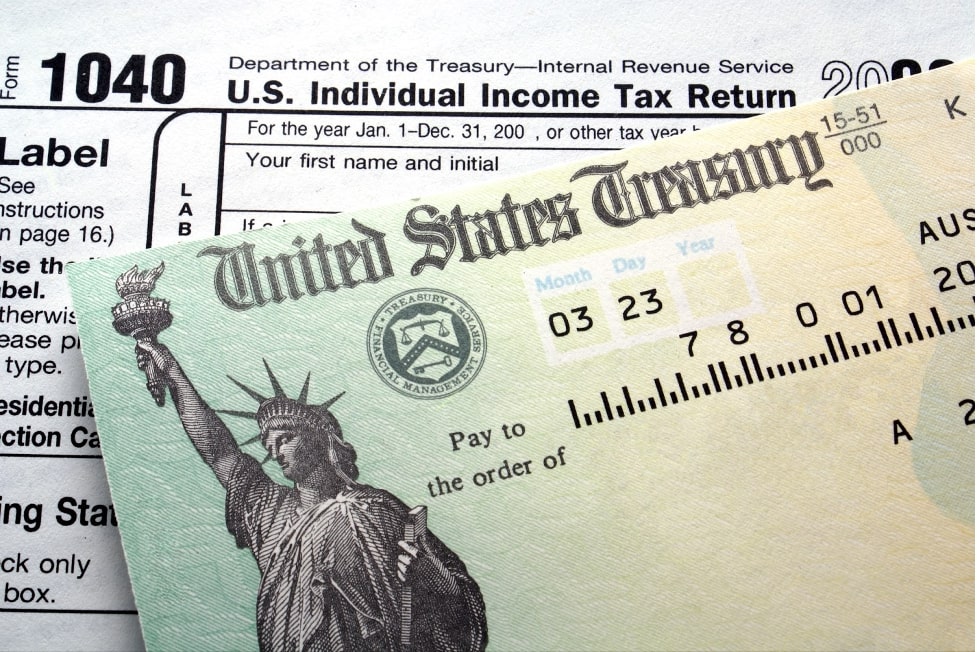If you are worried about how Required Minimum Distributions (RMDs) might affect your taxes in retirement, you’re smart to think ahead. Americans who engage in careful RMD tax planning can put more of their savings into their pocket instead of in the IRS’ coffers.
After a certain age, retirement account holders must begin to withdraw a percentage of their account funds annually. These withdrawals, called RMDs, are more or less the IRS’ assurance that they will be able to recoup taxes on funds that were not taxed at the time of contribution.
Because they are required, RMDs can sometimes throw a wrench in retirement planning, forcing the account holder to reconsider their income and tax strategies in retirement or potentially face a higher tax bill, 50% tax penalties, taxes or higher taxes on social security benefits, and savings that don’t stretch as far as they could have.
RMDs and Income Tax
In retirement, as during your working years, income is taxed at progressive rates ranging from 10% to 37%. In your working years, you may, on occasion, have redistributed your income in order to minimize your taxes. For example, perhaps you and your spouse earned a combined income of $318,000. Because the 24% tax bracket caps out at $315,000, it may have made more financial sense for you to donate that extra $3,000 in exchange for a tax deduction than to incur the 32% (next tax bracket) tax on the extra income.
When planning your income in retirement, it’s vital to make similar considerations. As you decide how much to withdraw from your accounts annually, you’ll need to think not only about how the sums you withdraw may affect the income available to you later in retirement, but also about how those withdrawals will affect your income tax bracket as well as Medicare Part B premiums. After all, if you inadvertently set yourself up to pay more taxes and Medicare Part B premiums than you intended, you may find it harder to recoup the money you lost in retirement than when you had a paycheck. It is a lot more fun to spend on yourself or your family!
Here’s where RMD planning comes into play. Most retirees never do tax and Medicare Part B planning and are caught by surprise when they have a larger tax bill and higher Medicare Part B premiums the following year. The letter from Medicare informing you of higher payments is not pleasant. You can petition Medicare to lower your premiums. My colleague Joanne has previously provided guidance on Income-Related Monthly Adjustment Amounts (IRMAA)
Guide to Required Minimum Distributions
How to Limit RMD Tax Exposure
So, is there a way to limit the tax exposure that can be associated with required minimum distributions? Well, kind of.
Simply not taking RMDs is not an option; they are “required” after all. If you do not take your RMD, then expect to pay a 50% tax on the amount not withdrawn. Ouch!
Be Strategic About Your Initial Distribution
In the first year, many Americans find relief by taking their initial distribution early. When you turn 72, you have the option to hold off on taking your first distribution until April of the following year. However, this means taking two distributions during the following year instead of one, which can further complicate your tax strategy. Spacing out your distributions during the first two years can space out your income and potentially lower your taxes. The exception would be if you had a high-income year the year before you turn age 72.
Execute a Roth IRA Conversion
Another mechanism to alleviate the RMD burden is to perform a Roth IRA conversion. Roth IRAs are unique insofar as retirement accounts are concerned in that they are not subject to RMDs. So by converting one or more of your accounts to a Roth, you gain more control of when you draw down the account and by how much.
However, keep in mind that taxes are charged at the time of contribution to a Roth IRA, not at the time of withdrawal. This means that you will owe taxes on the sum you choose to convert at the time of conversion. This can be a significant tax bill and is one you should be prepared to pay.
Oftentimes a better strategy is to convert a portion of your retirement accounts annually. You convert an amount up to the top of a tax bracket or up to the amount that would not push you into a higher Medicare Part B premium for the next year. However, when we do multi-year tax planning we find that sometimes it is cheaper long term to convert a large amount at once. Why is that? Because that one Roth conversion year looks ugly for income taxes and Medicare Part B premiums but all tax subsequent years you pay lower taxes and Medicare Part B premiums. The key for this strategy is that you must have money outside of your retirement account to pay the taxes, as well as not need all of your assets during your lifetime.
It is a significant benefit to have the future growth of the Roth conversion investments as tax free. It is savvy personal and multigenerational wealth planning.
Donate to a Qualified Charity
If you have an IRA, you can redirect your Required Minimum Distributions to a qualified charity using a Qualified Charitable Distribution (QCD) from your retirement account. Doing so will shield you from the taxes that would otherwise be incurred by these RMDs and enable you to support a cause that matters to you.
It’s important to note that these charitable contributions need to be transferred directly by the custodian of your IRA via their form, online or a check from your IRA checkbook. If the RMD is released to you (the account holder) and then you make the donation, then the RMD will be taxed as income. You can claim a deduction on your tax return IF you itemize or for 2021 only, up to $300 if filing single and $600 if married filing a joint tax return.
RMD Tax Planning with Bartley Financial
If you’re interested in hiring a fiduciary financial planner to help you transition into retirement, manage cash flow, maximize your tax strategy, or meet any number of goals, then consider working with a fee-only financial planner like Bartley Financial, which has office locations in Andover, MA and Bedford, NH.
Bartley Financial is built around a client-first ethos. We are as committed to exhibiting high levels of professionalism as we are to building relationships with clients built on trust and mutual respect. That’s why we only offer a transparent, fee-only compensation structure so that our clients never need to be concerned about a conflict of interest.
Bartley Financial has an experienced team of CPAs and CFPs® that help clients manage their investment portfolios, plan for retirement, strategize taxes, or execute any other initiatives in pursuit of optimum financial health and minimal financial stress.
We are experienced and dedicated financial planners and investment advisors. We have experience creating comprehensive strategies to ensure that your wealth is being leveraged to move your goals closer. We execute a core and explore investment strategy that will optimize your ability to meet your goals and live the life you desire.
Contact us today to begin a relationship with a team of knowledgeable, trustworthy professionals who put their clients first.


